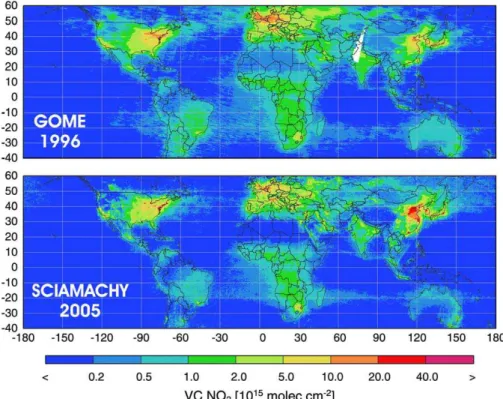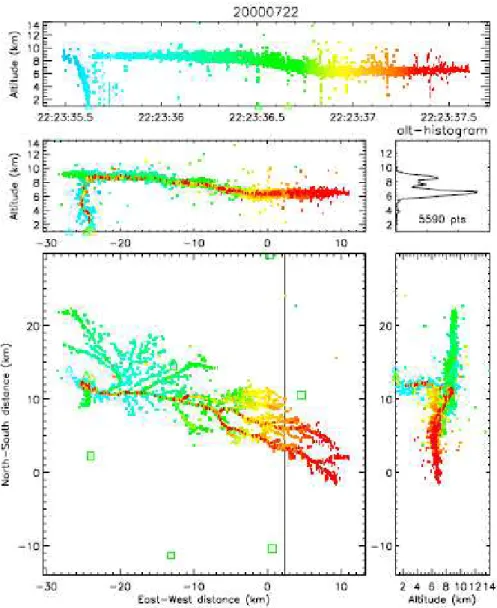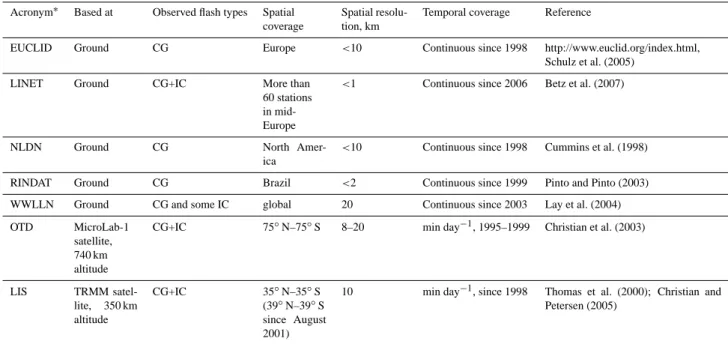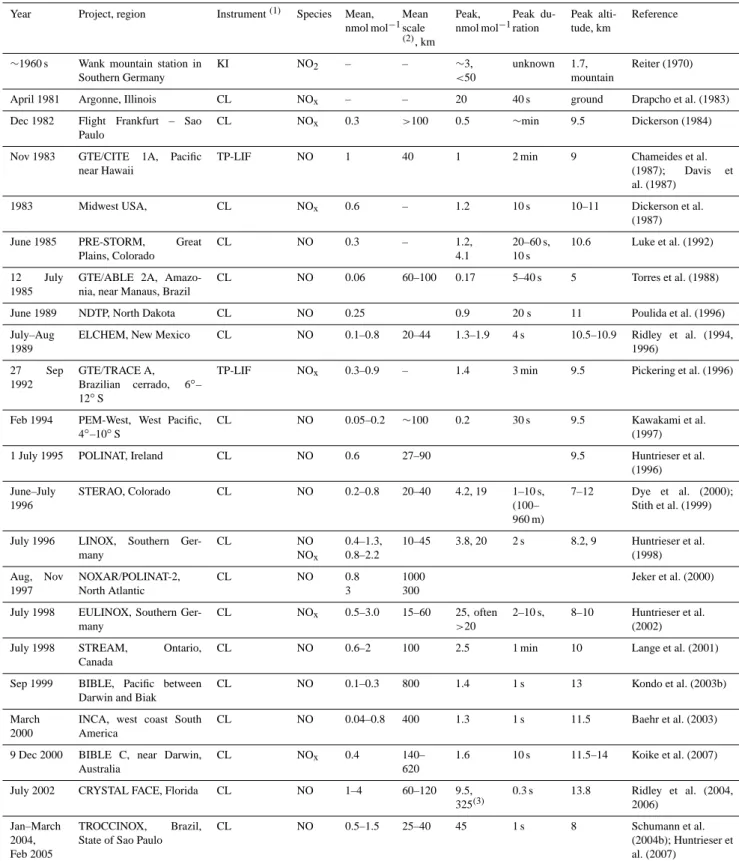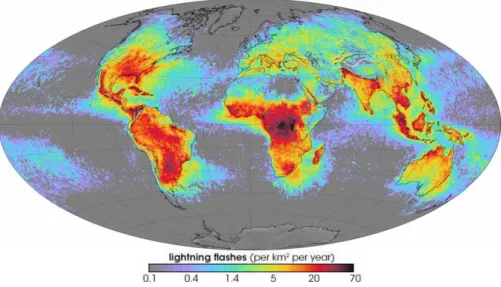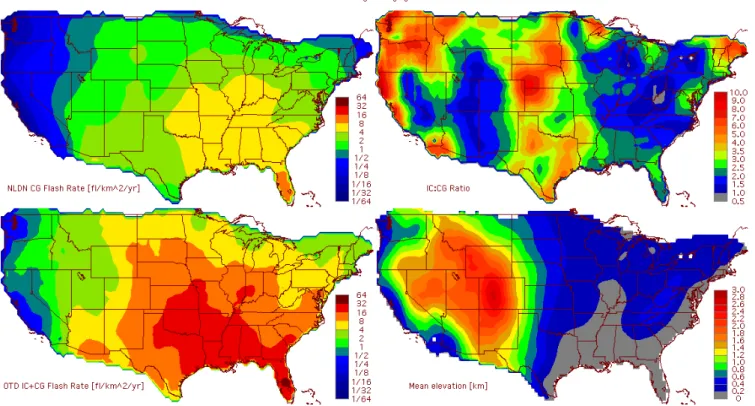The global lightning-induced nitrogen oxides source
Texte intégral
Figure
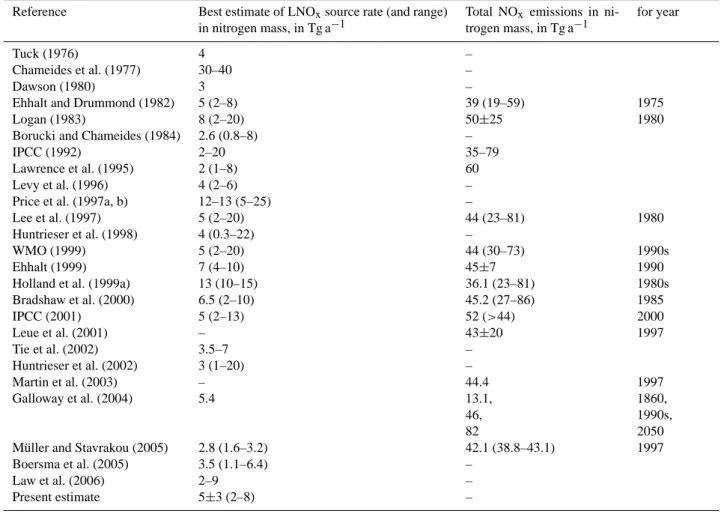
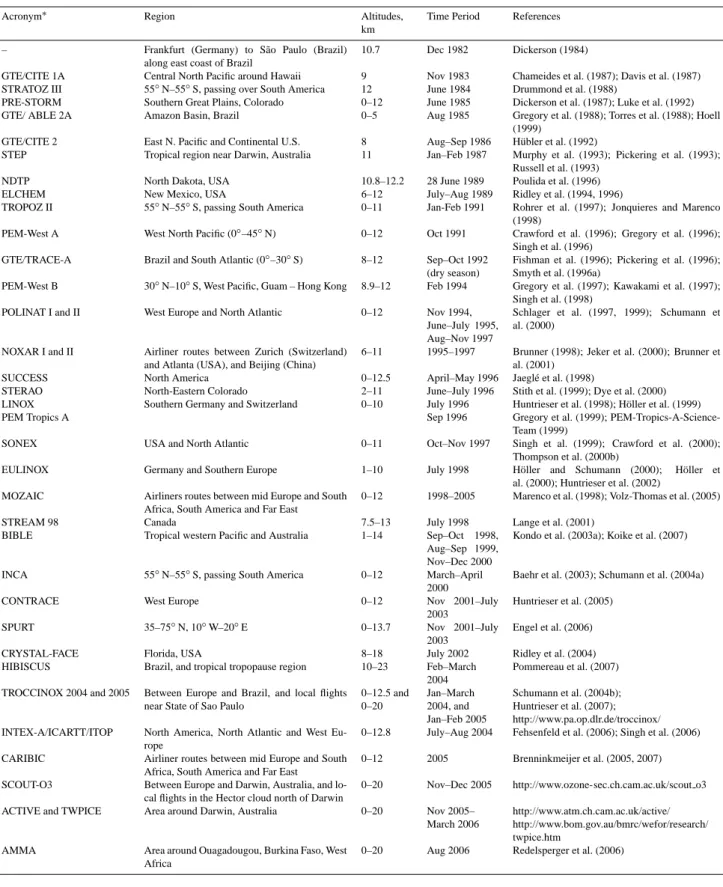
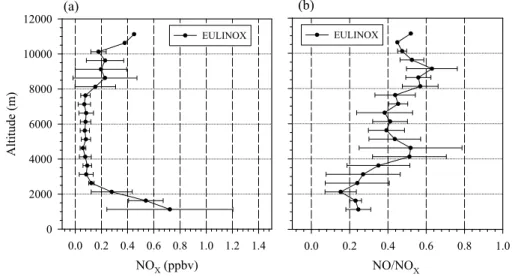
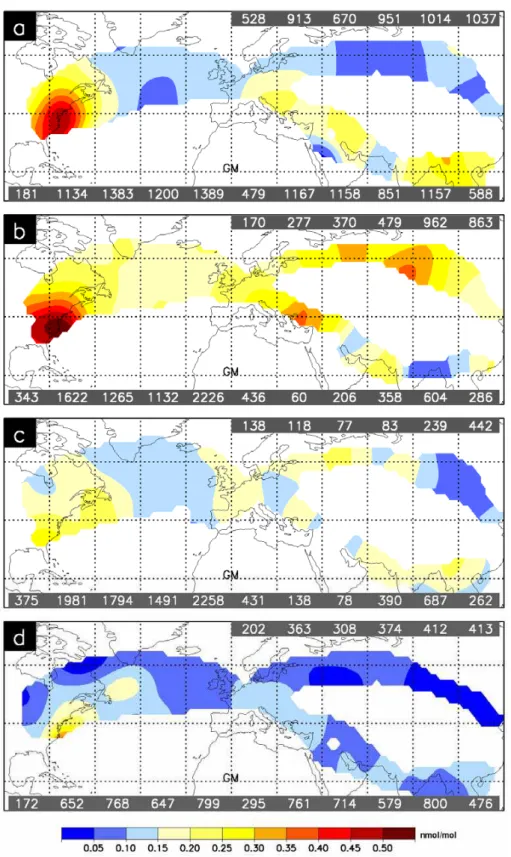
Documents relatifs
Comparing the MOPITT data for August 2006 with Au- gusts of previous years (2000–2008, excluding 2001 for which there is insufficient data) (Fig. 6, bottom panel), it can be seen
Radiative transfer compu- tations depend on several parameters such as the spectral values of solar radiation incident on the atmosphere, the spectral variation of the aerosol
This demonstrates that the central and southern African biomass burning aerosol plume is commonly en- trained into the monsoon layer of the remote tropical Atlantic Ocean to the
[ 5 ] The primary aims of both AMMA SOP0 and DABEX were: (1) to perform high-quality in situ and remote sensing measurements of the optical and physical properties of biomass
[ 5 ] In this paper, we present results on aerosol structural and optical properties on the vertical obtained during January and February 2006 in the frame of the SOP 0
Research into land– atmosphere coupling within the African Monsoon Multidisciplinary Analysis has highlighted the atmospheric impact of soil moisture on space scales of 5 km upwards
The international AMMA project has three overarching aims: 1 To improve our understanding of the WAM and its influence on the physical, chemical and biological environment
Nitrogen Oxide biogenic emissions from soils: impact on NOx and ozone formation in West Africa during AMMA.. (African Monsoon
